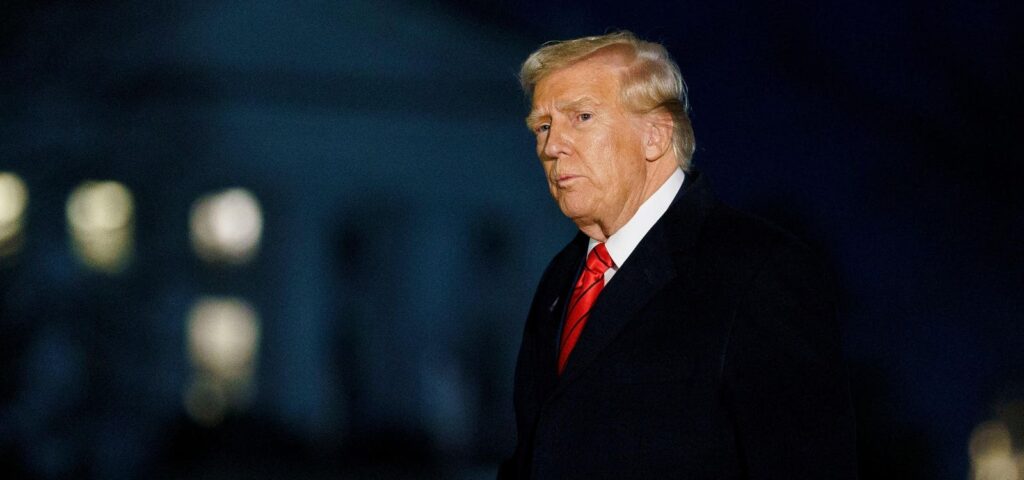Will he or won’t he? There’s at least an outside chance that President Trump on February 1 will impose tariffs as high as 25% even on vital imports from neighbors Mexico and Canada.
This could bring an enormous hit to oil traders, and national economic health. The Bank of Canada projected that, at worst, Trump’s tariffs would knock off 2.5 percentage points of GDP growth, effectively pushing Canada into recession.
Why should Americans care? After all the U.S. does produce more oil than any other country in the world, 13.2 million barrels per day.
But not all crude oil is the same. To meet the 15.2 million bpd appetite of domestic refineries, the U.S. imports 6.5 million bpd of mostly heavier oil, and exports about 4 million bpd of light shale oil our refiners don’t want.
Most of the 4.2 million bpd of Canadian imports come via the large Enbridge-owned pipeline from Alberta to the Midwest. Canadian producers who rely on the Enbridge line are in kind of a captive situation and don’t have a lot of other options to sell 3 million bpd of oil to other countries. The expanded Trans-Mountain Pipeline can only move about 900,000 bpd over the Candian Rockies to the Pacific for shipment to Asia. According to Mizuho, benchmark west Canadian crude is now trading at a $14/bbl discount to West Texas Intermediate.
If tariffs happen, analyst Jason Gabelman at Jefferies thinks captive producers and refiners will end up splitting the cost of paying the Trump tax. That’s enough to make oil traders seek friendlier markets. Refining giant Valero said this week that tariffs could have the effect of cutting production of refined fuels by 10%.
All else equal, this would increase gasoline prices, which in most of the country have averaged $3 per gallon for the past year amid historically low levels of petroleum inventories (see chart). But Trump wants lower gasoline prices, which is why if the oil tariffs come at all, they will likely start slowly.
According to a report from analyst John Aiken and team at Jefferies, Trump’s top economic advisors appear more likely to back moderation, at first. Stephan Miran, nominee to chair Trump’s economic advisory countil, wrote in late 2024 that tariff rates were indeed below optimal for maximizing U.S. welfare. Yet new Treasury Secretary Scott Besset has reportedly said he prefers a system that would implement tariffs at a low level, say 2.5%, then escalate them according to reactions. And Howard Lutnick, CEO of Cantor Fitzgerald and Trump’s nominee for Secretary of Commerce, said in his confirmation hearing that tariff policy would be informed by a study due April 1. Lutnick also said neighbors could help avoid tariffs if they cooperate with the U.S. on border security.
Like everything in Trump World, the tariff threat must be read as a blunt but effective tool of negotiation. Some get the message. According to Reuters, the Japanese government, desirous of avoiding a Trump trade war, is considering a pledge of financial backing for a proposed $44 billion Alaska LNG project, which would include an 800-mile pipeline to bring enormous reserves of stranded natural gas from Alaska’s North Slope to a proposed liquefaction and export plant Nikiski, Alaska.
There’s always time to make a deal. On Thursday, mercurial Trump indicated there may not be any oil tariffs at all. “Oil is going to have nothing to do with it as far as I’m concerned … because they send us oil. We’ll see … it depends on what their price is.”
Read the full article here
